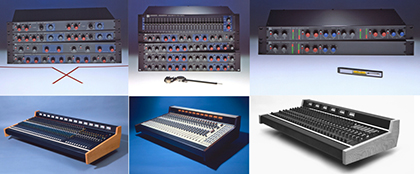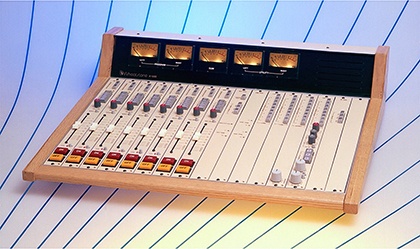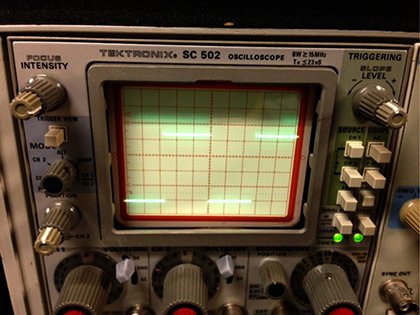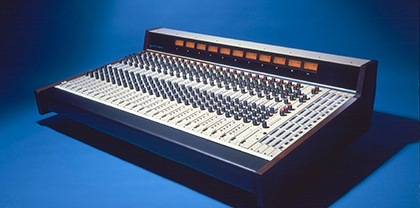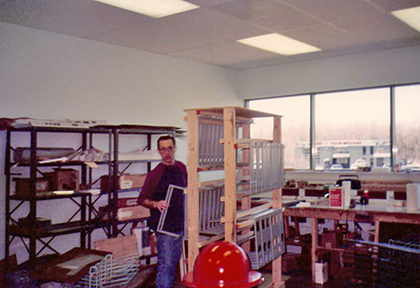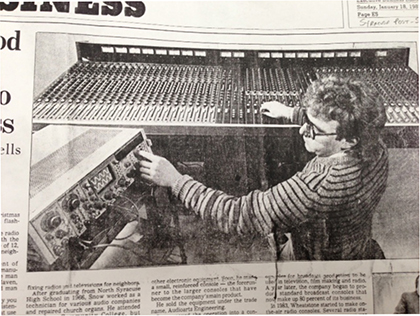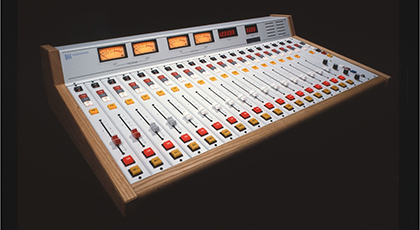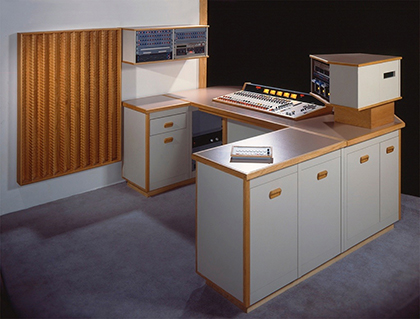A History of Wheatstone Corporation
 ...as told by Andy Calvanese, Vice President of Wheatstone in charge of Technology
...as told by Andy Calvanese, Vice President of Wheatstone in charge of Technology
I’m probably uniquely qualified in the company to tell the story, because I’ve known Gary Snow and worked with him since before there was a Wheatstone. He and I used to work together in the same company at our day jobs and in the evenings maybe we’d get together and play a little music or, from time to time, we’d make a little box of some electronic goodie for somebody, and that’s how the company got started.
A dealer from Oklahoma asked us why we didn’t make consoles for broadcast. We didn’t, really, because we didn’t know much about the market. Our emphasis was always on high performance, state-of-the-art, the-best-sound-you-could-make consoles, and that, in those days, was not synonymous with broadcast. But this dealer in Oklahoma, he was selling big sound systems to churches. And back then, broadcasting was taking off in the churches. And they wondered why they had these sound consoles that sounded so good, but the broadcasts sounded so bad. We thought about it and came up with a design. That’s our A-500. This is serial #2 of that design. We shipped it in 1984 to WGBH in Boston, it was on the air for over 25 years, and it was our launch into broadcast audio.
Now that we had a broadcast console, it was time to display it, so in 1984, Wheatstone attended its first spring NAB show in Las Vegas. Our A500 was on display and its 10KHz square wave response display in our booth was the talk of the show. It demonstrated us having “the cleanest sounding console in Broadcast”. The A500 remained in production for 10 years until it was replaced by the A6000. In the early days we would go to the AES show or the NAB show, and bring our square wave generators and our scopes to show people just how good the audio performance of these things were. We also introduced the 8400 distribution amplifier.
Then in 1985 we came out with our 8x and 24x multitrack recording consoles. They were unique because they had patch bays in them. This was one of the things we always tried to do with our products - not emulate something else but try to think of how it’s going to be applied and what can we do to it to make it be the best it can be for that mission.
Next year ’86, we had to move again. We were making so many consoles and rack mount units that we ran out of space. With significant growth and 22 employees, Wheatstone purchases a new building and relocates to VIP Parkway in Syracuse, NY. The whole company fit in two 32 foot hertz rental trucks and moved.
We bought our first Audio Precision test system. Paul Picard is pictured testing one of our consoles the old-fashioned way with an analog generator, scope, and distortion analyzer. It does drive home the point that everything we make is completely, 100% tested. We’ve never made stuff and put ‘em in boxes and hope most of ‘em work. To this day,everything we make is 100% tested.
The A-50 console was kind of a unique situation. We had been making high-end consoles all along. And got into sort of a tiff with an ex-dealer of ours, and to extract our revenge, we decided we would come out with a console that would compete with him. And that was the launch of the Audioarts console line.

